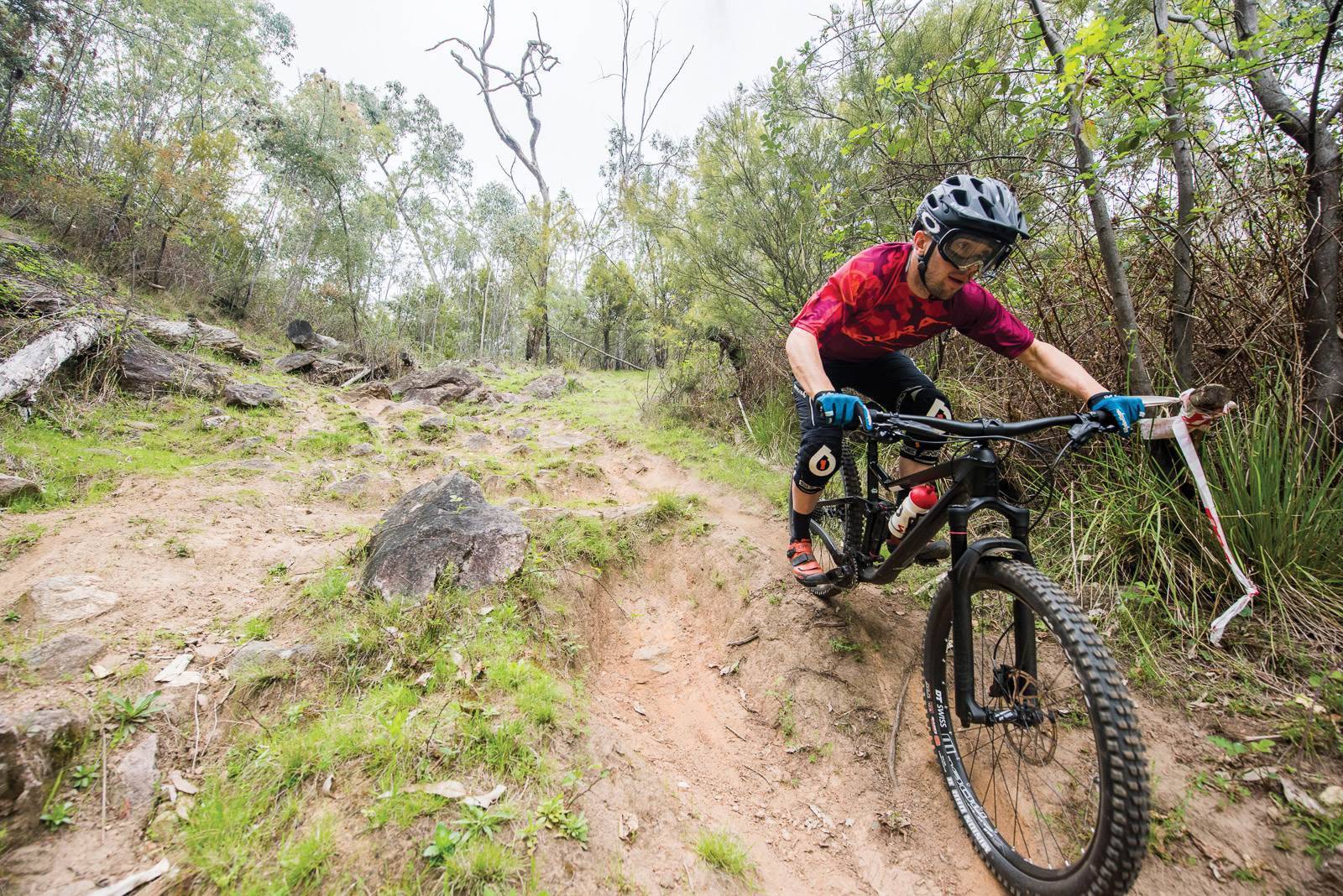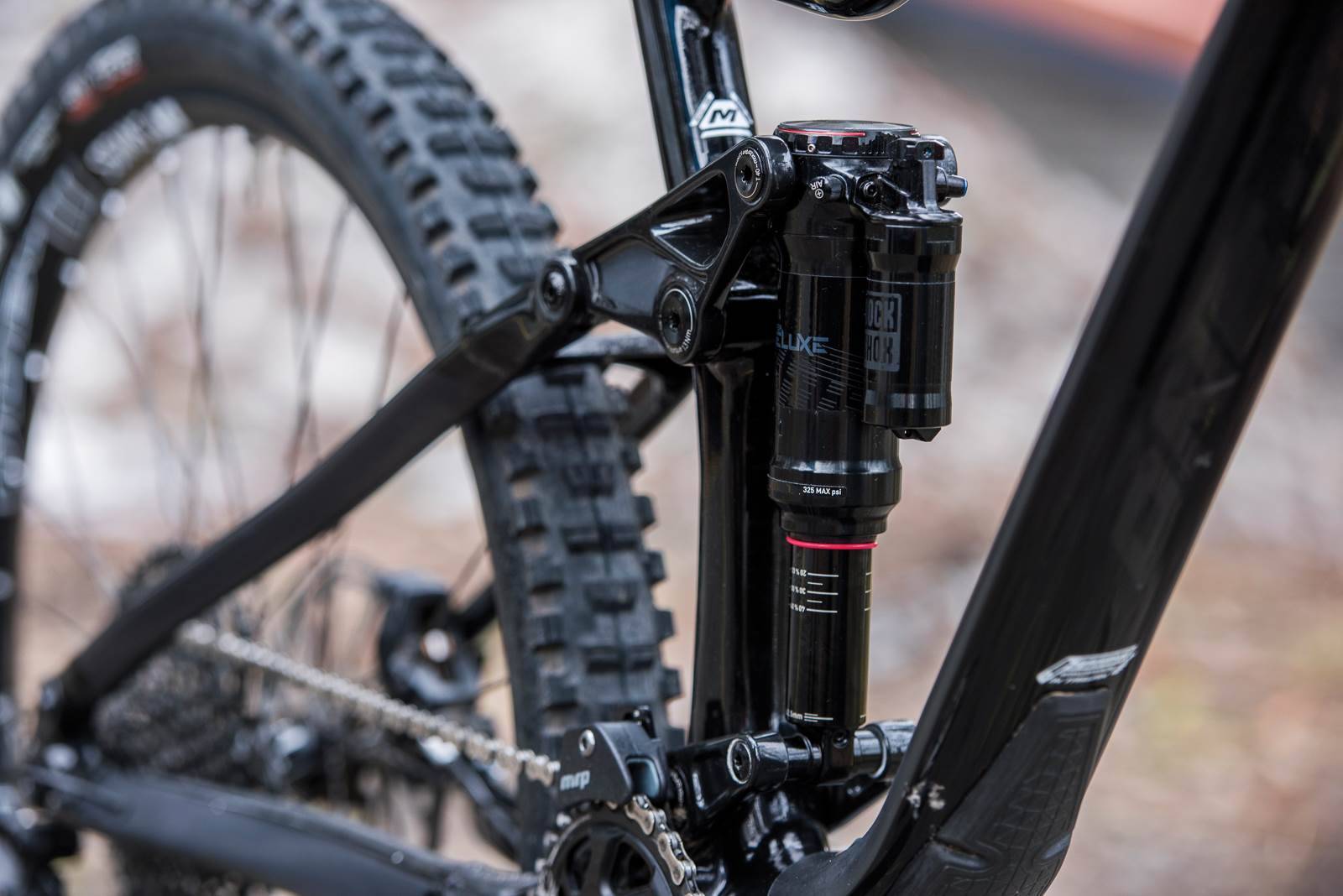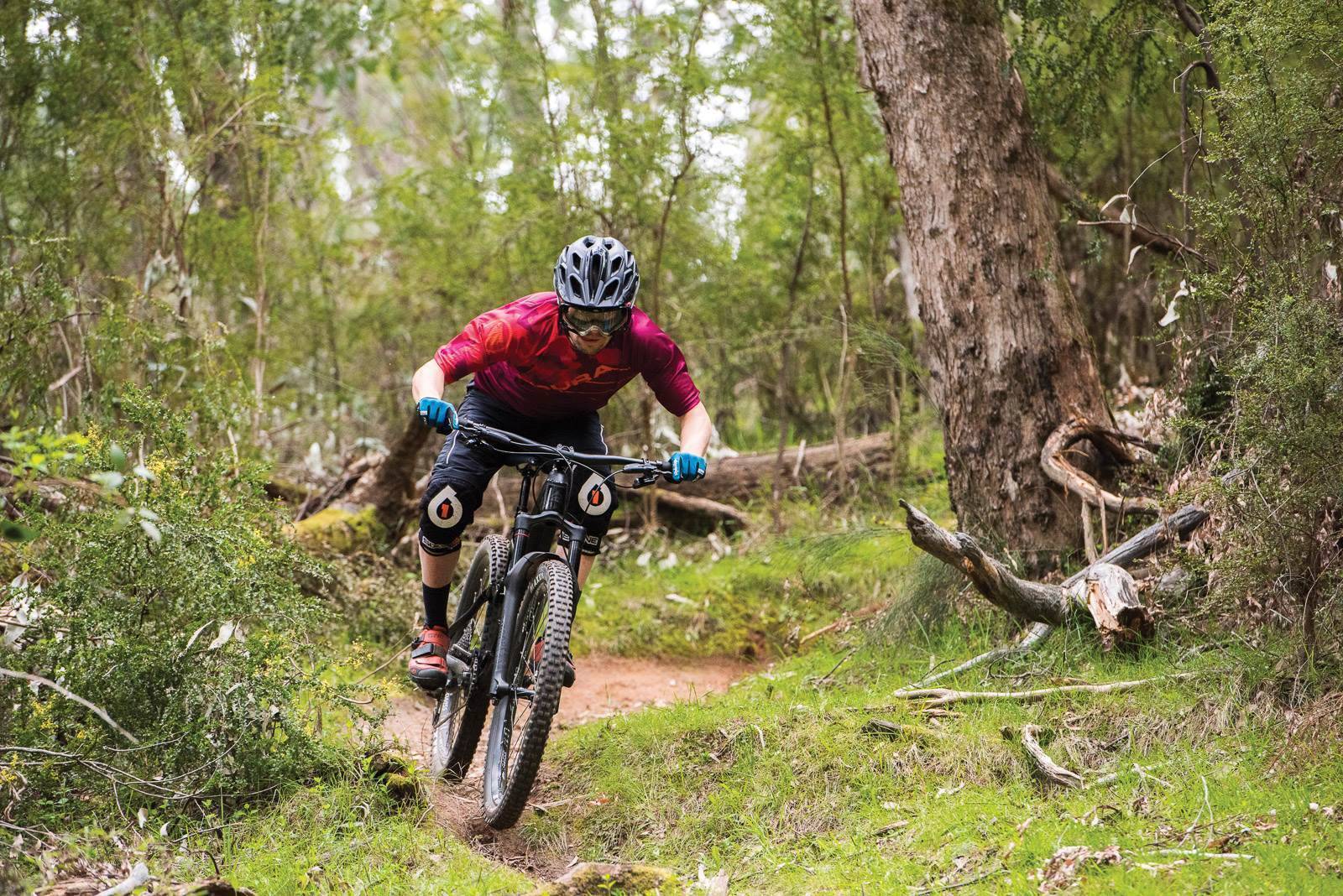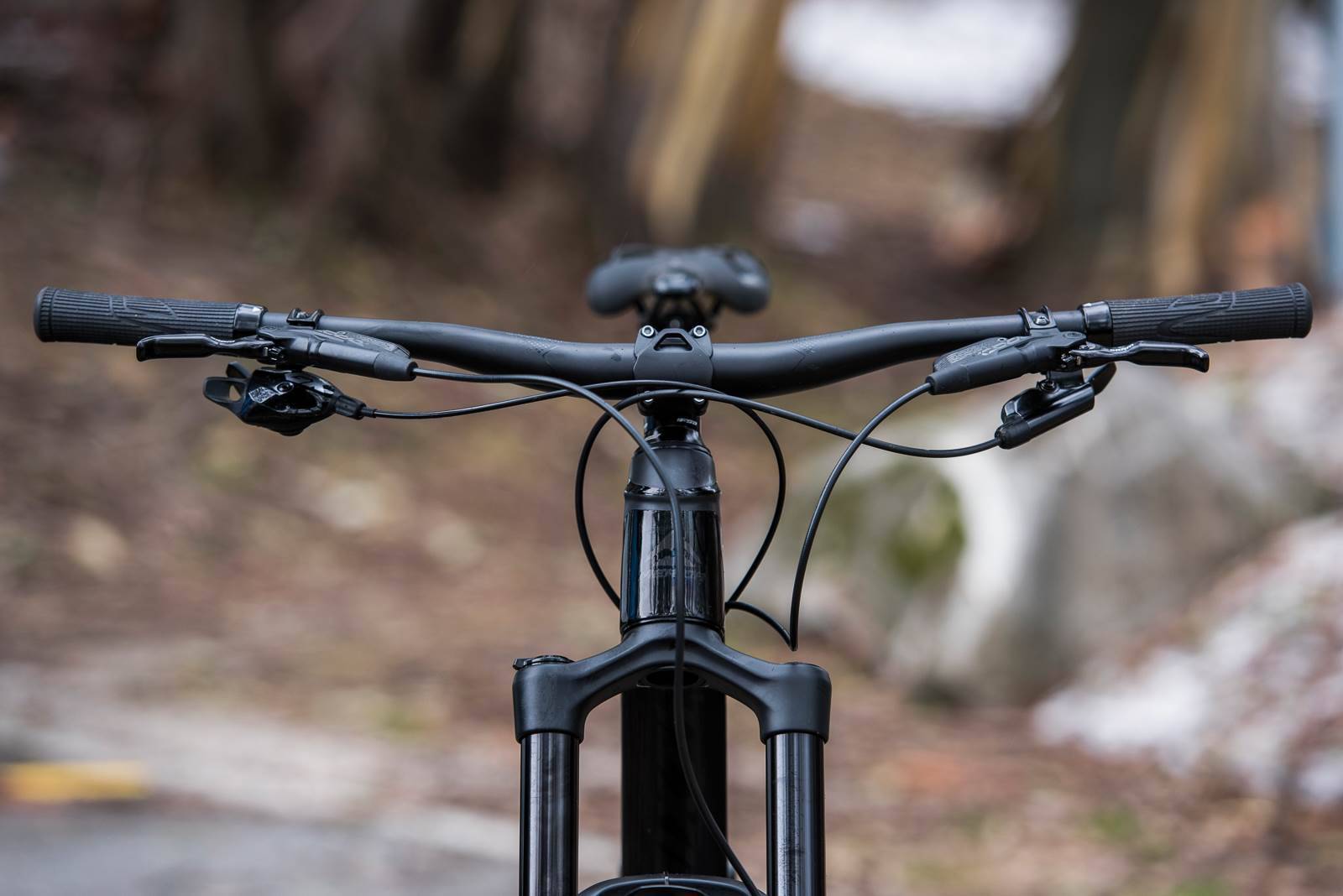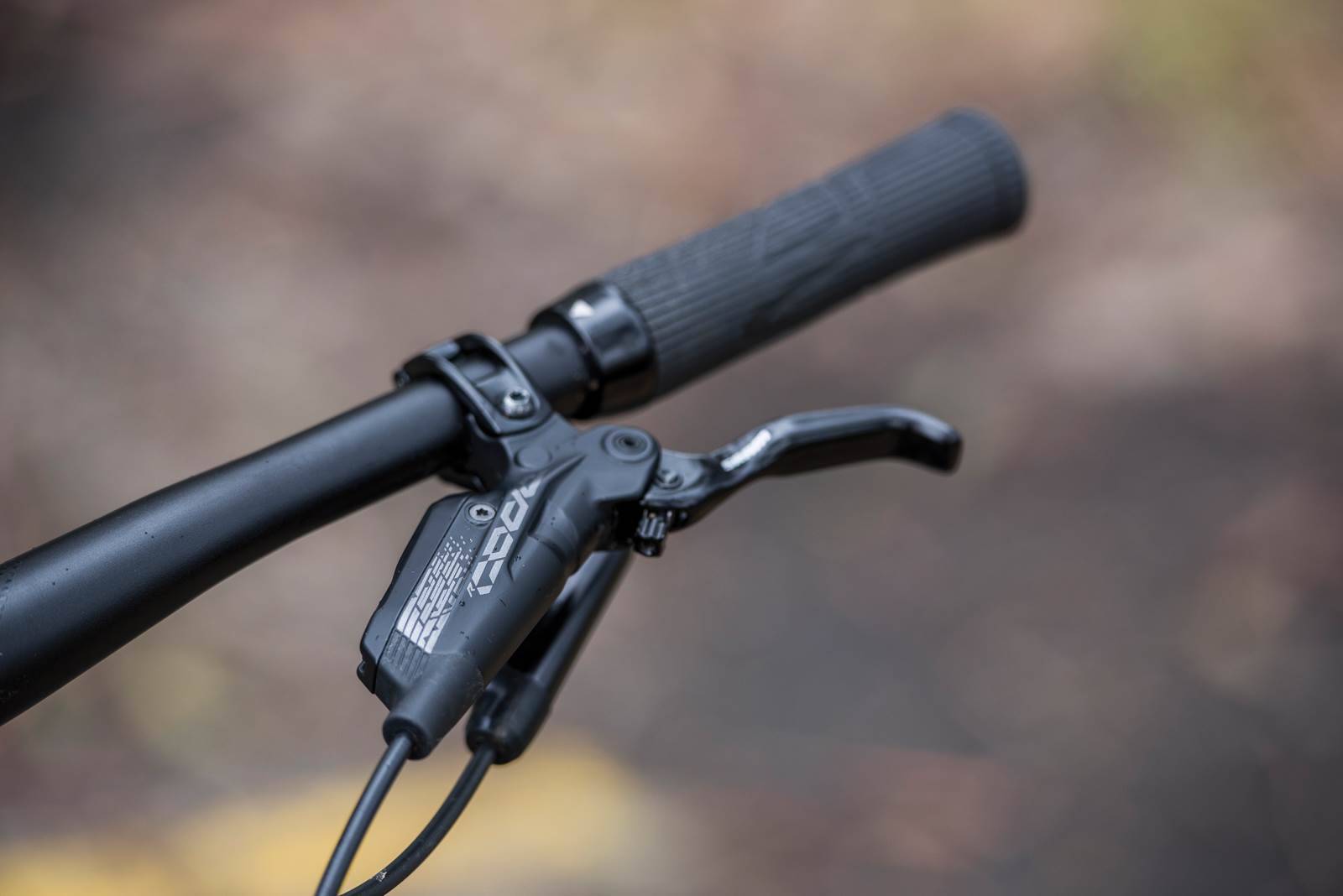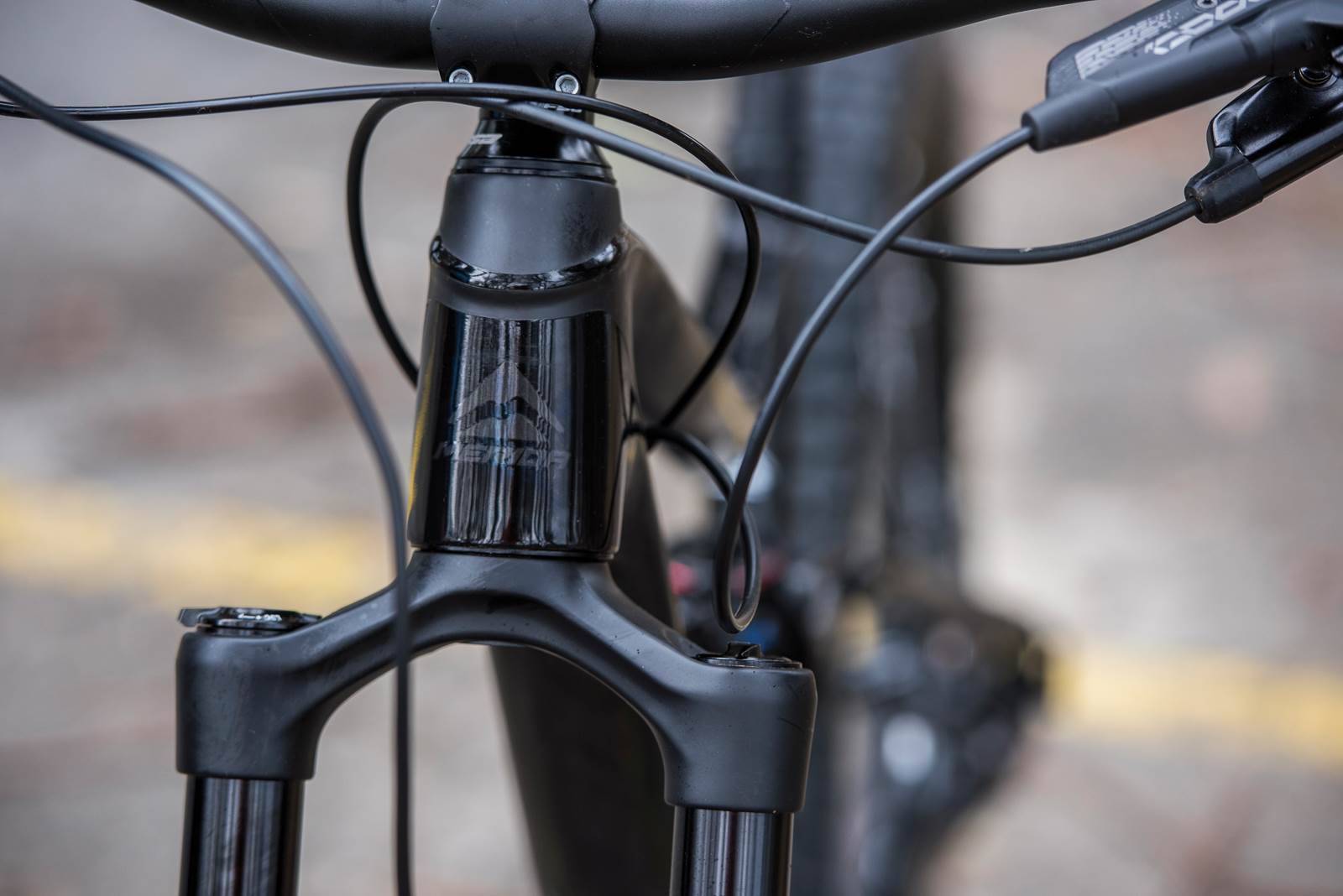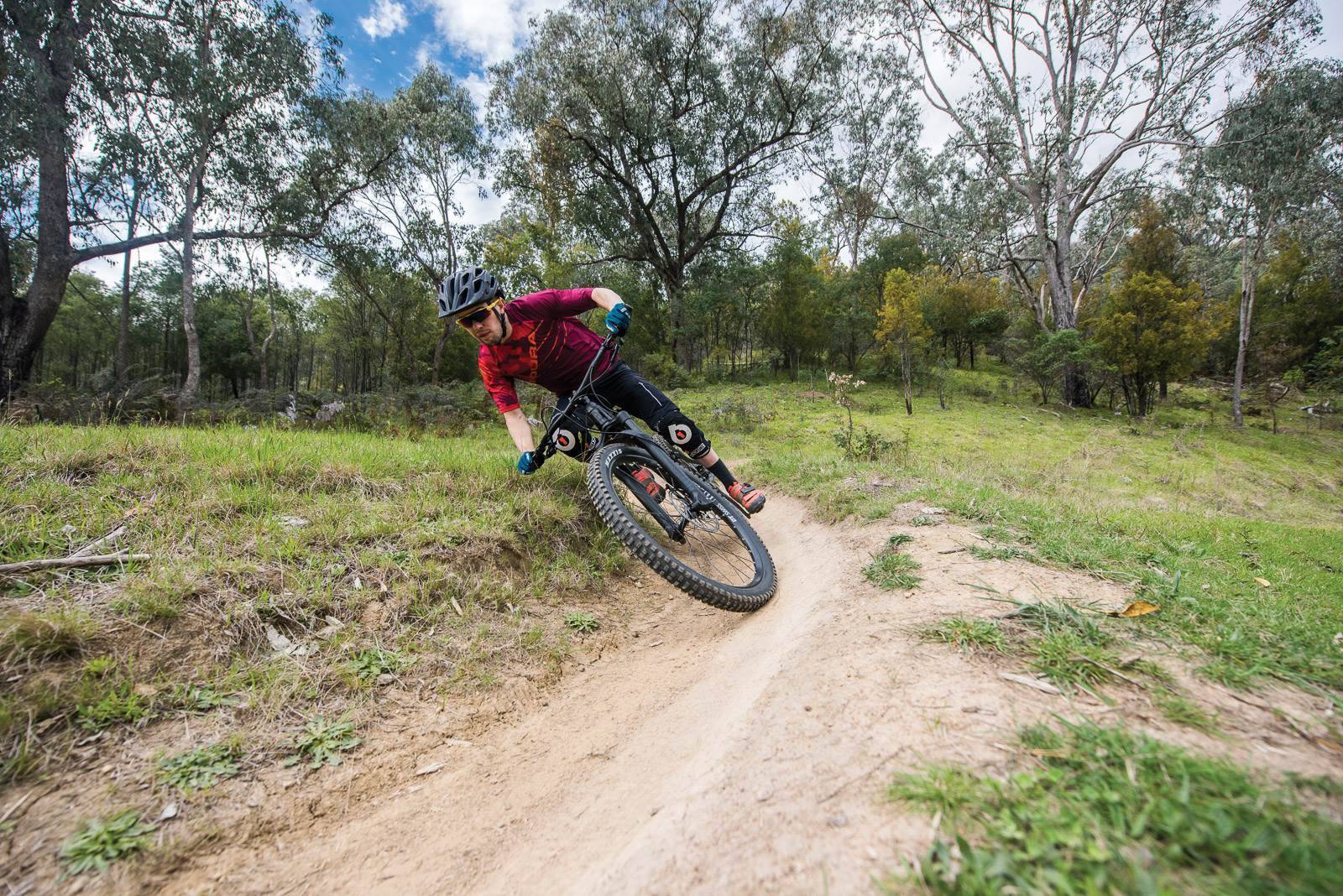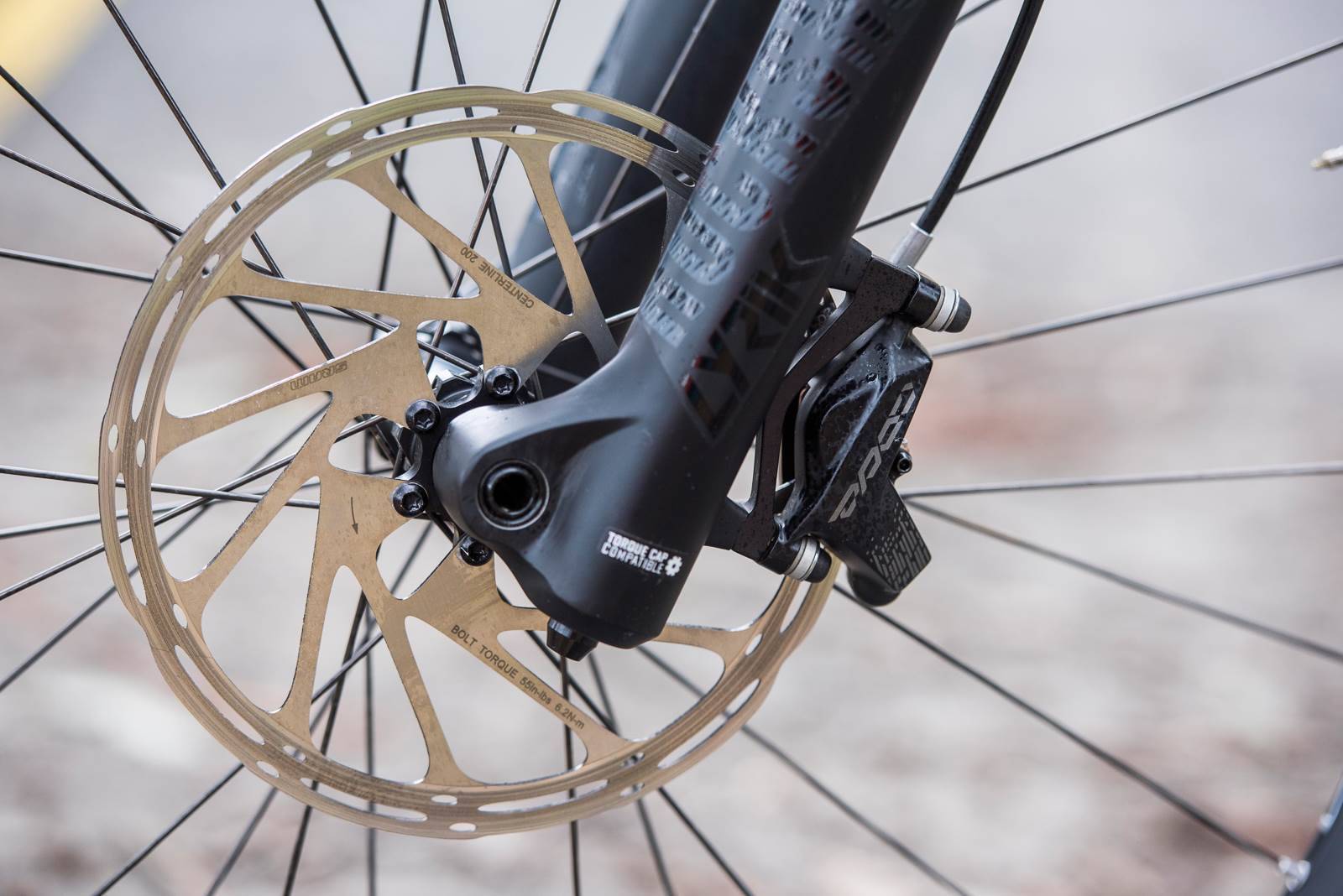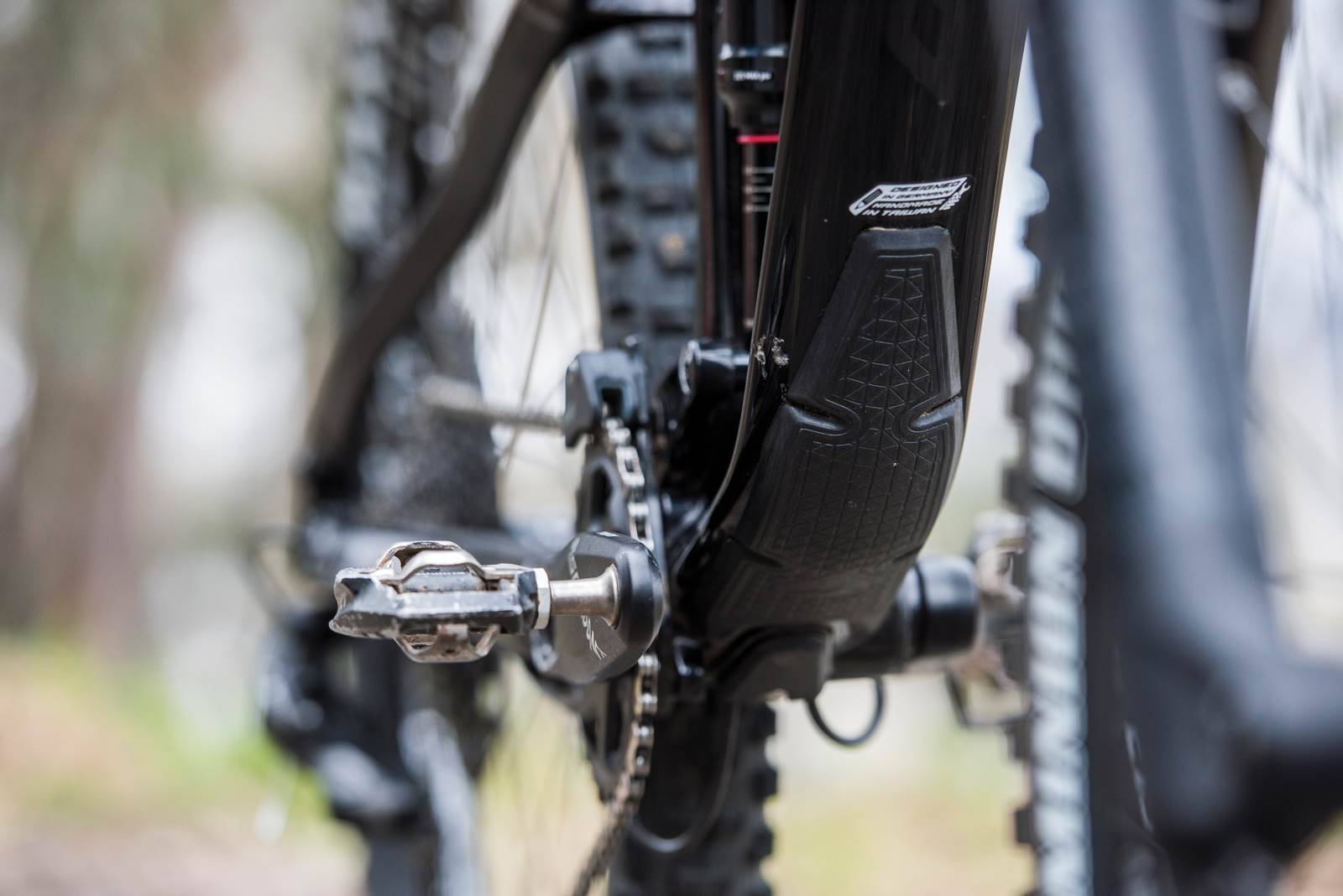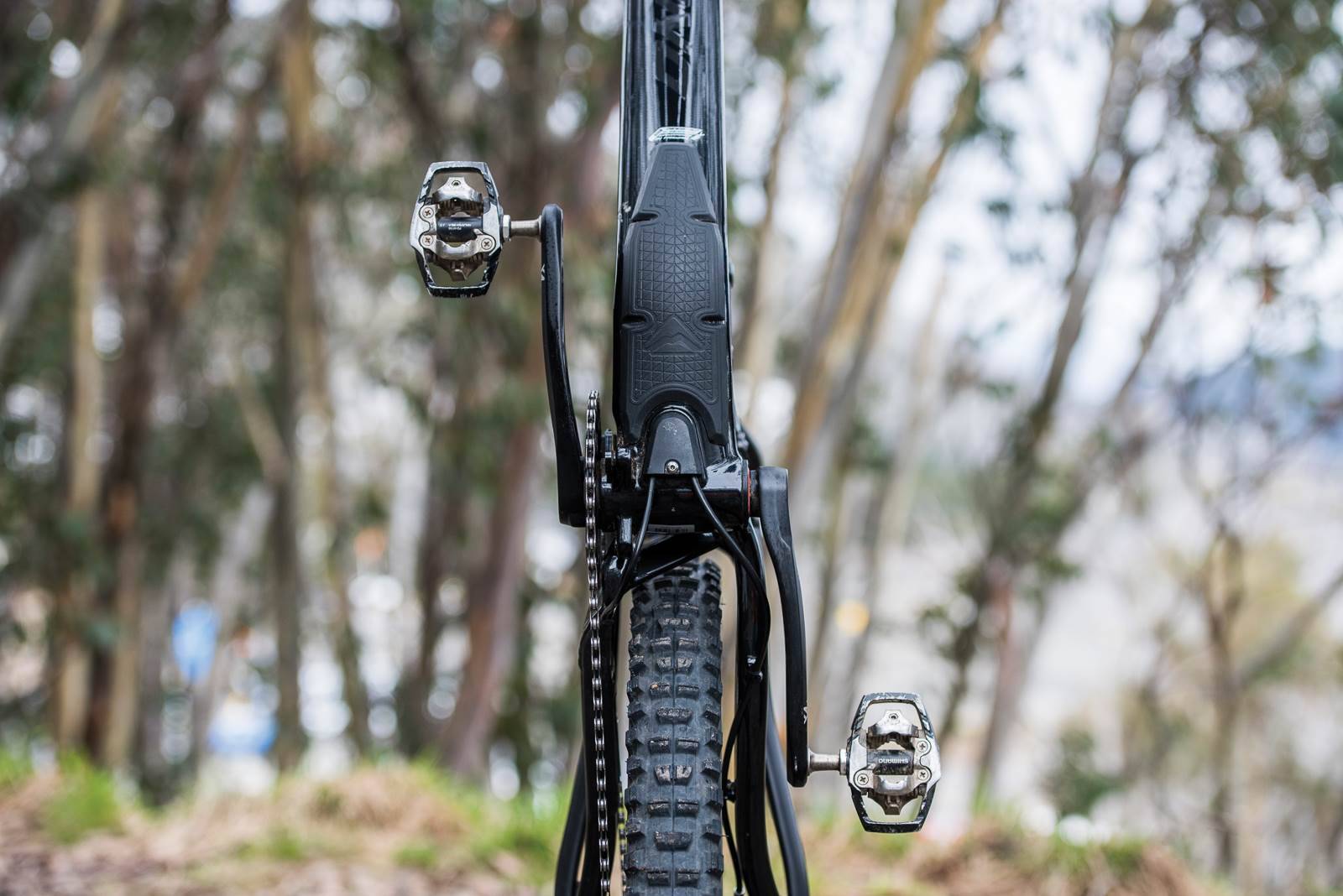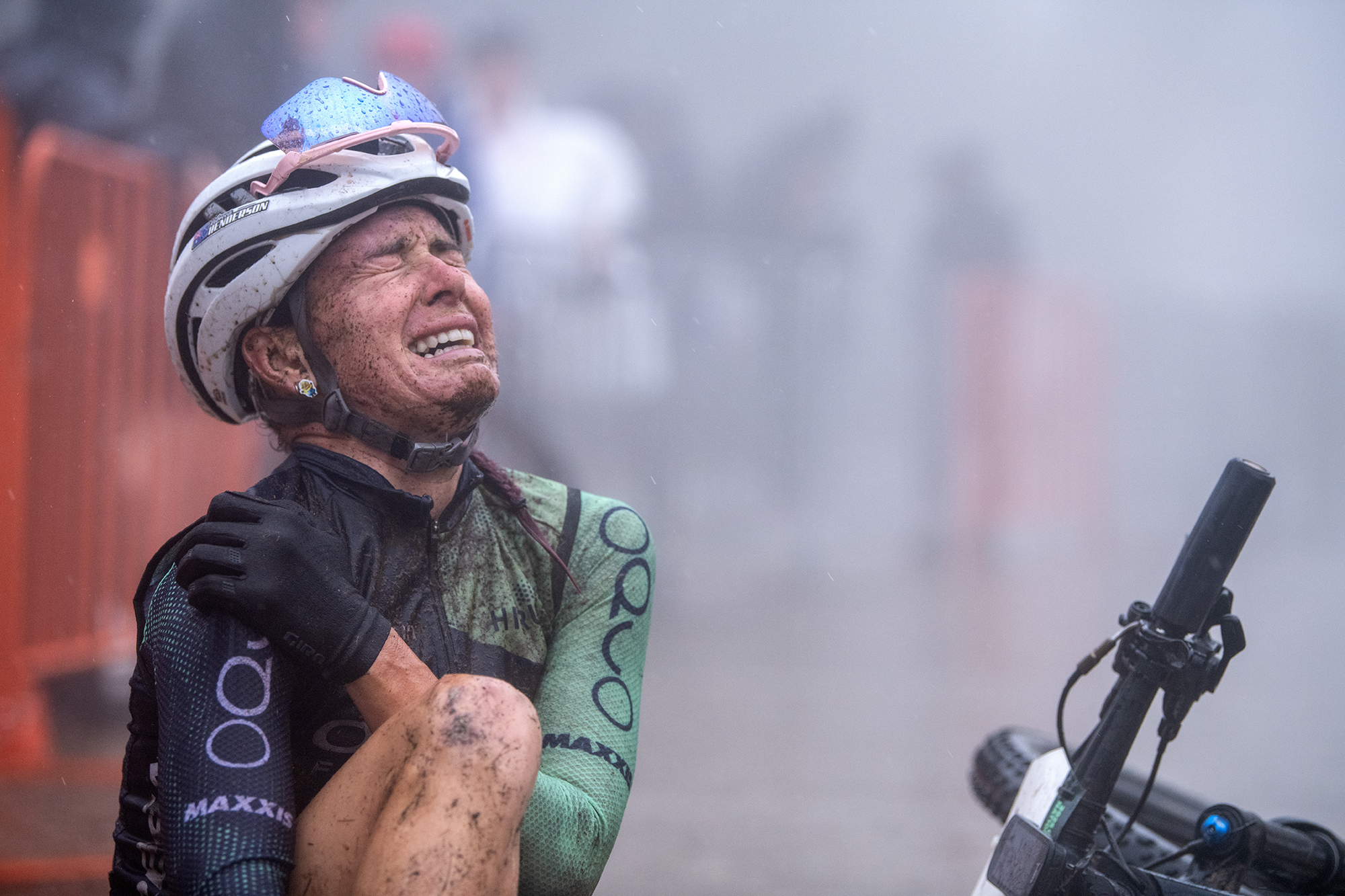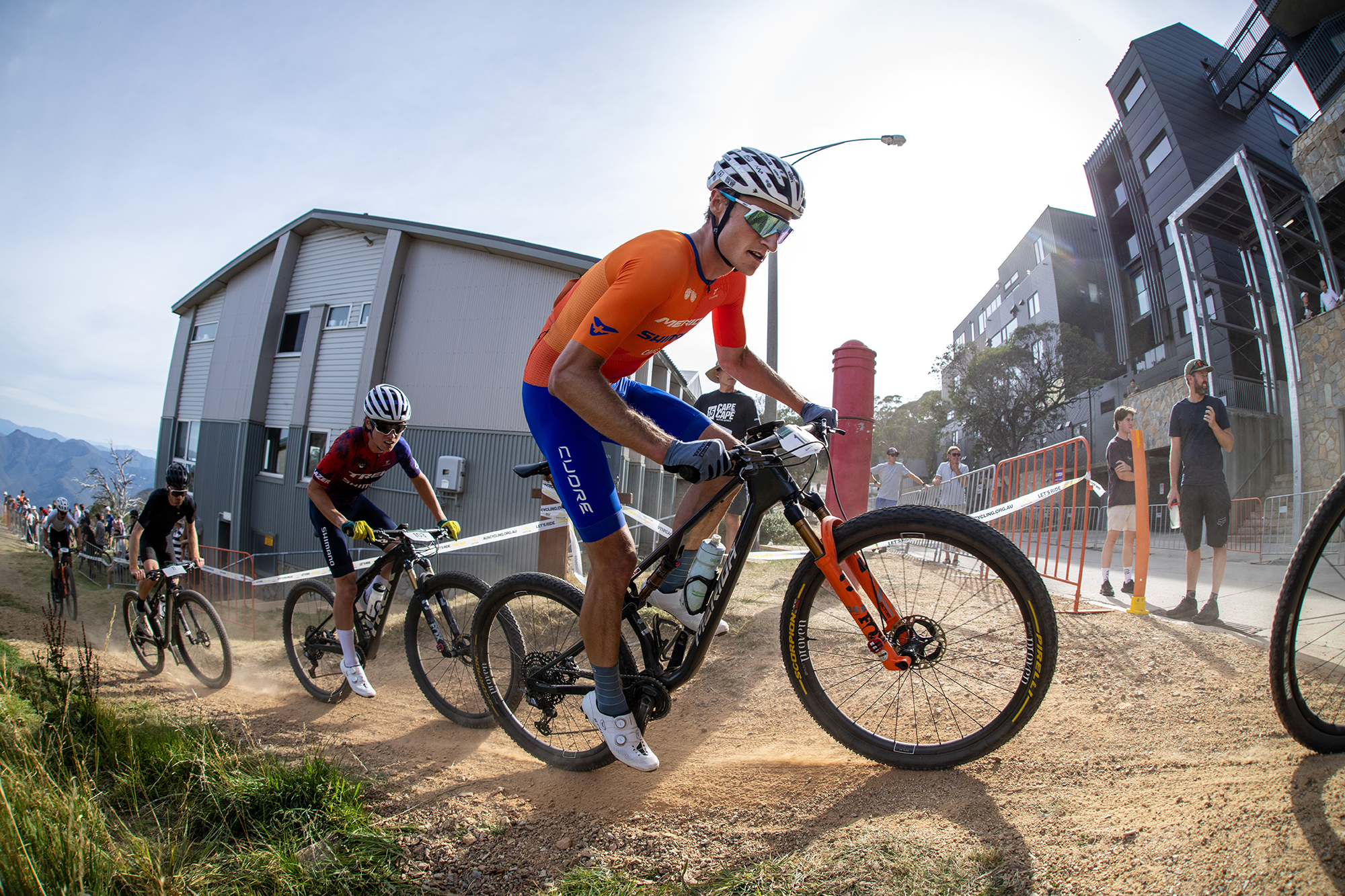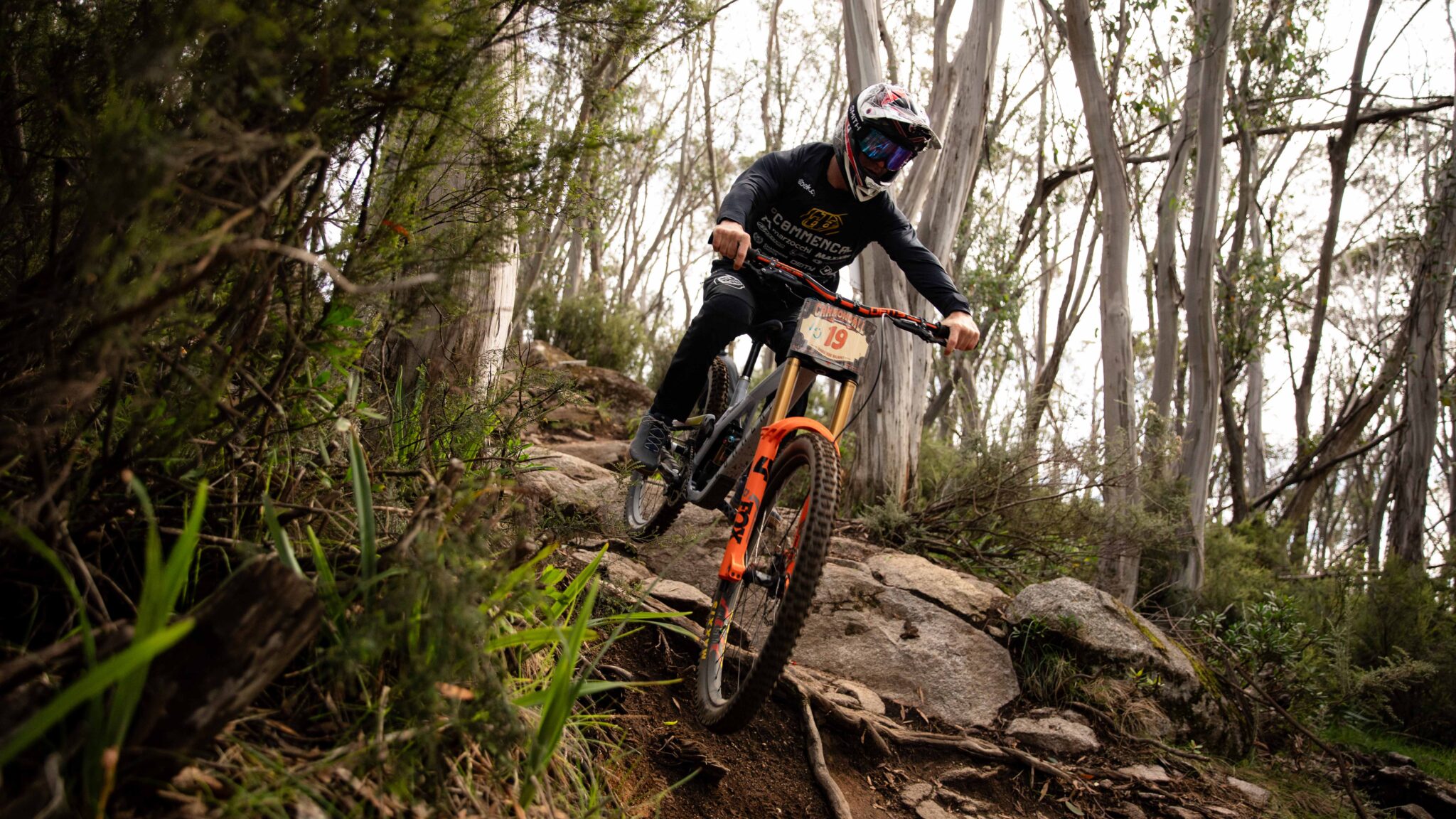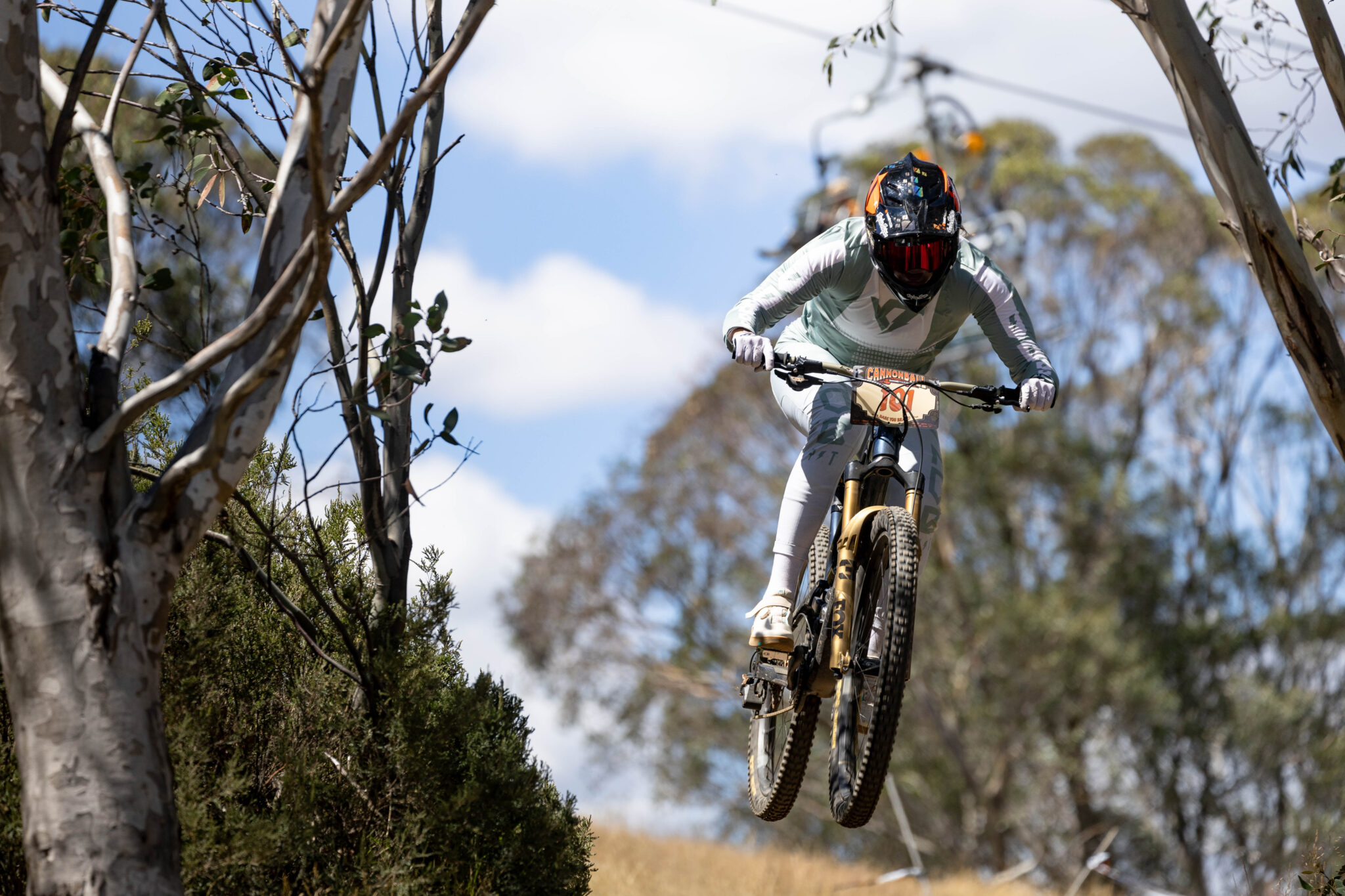TESTED: Merida One-Sixty 6000
ONE DAMN SEXY SIXTY
Today’s Merida bikes are the result of German engineering being fused with Taiwanese manufacturing. Its lineage dates to a time when Taiwanese bikes were cast off as bad quality products that bike shops wouldn’t event touch. Now, Taiwan is arguably the hub for bicycle manufacturing, and throwing in a bit of German engineering before you spit out a bike frame will no doubt put you in good stead. Merida’s latest foray to land on the testing desk is the One-Sixty 6000. Its enduro specific frame is adorned with big and burly parts that are begging to smash just about any trail on the hill. So, let’s go see what it can do!
Initial Impressions
Murdered. The all-black paint job of the One-Sixty stands out. And it does so by not trying to stand out. The frame combines a matte black finish with gloss black detailing to bring the blacked-out look alive – and avoids the obvious trap of this colourway of simply looking ‘unpainted’. The blacked-out RockShox suspension and SRAM GX Eagle drivetrain complete the look nicely – as does the 27.5” DT Swiss wheelset and 2.4” Maxxis Minion tyres. Like a racer letting their legs do the talking, the Merida lets its curves (or rather it sharp angles) do the talking.
The carbon front triangle has a pronounced head tube that hints at what this bike is capable of. The angular front triangle is joined to the aluminium rear triangle via the floating link rear suspension unit. The ‘Float Link’ rear suspension aims to move the RockShox Super Deluxe RCT through its travel with a progressive feel that is designed to make its 160mm seem considerably more. The front bounce is controlled by the RockShox Lyrik RC fork. With 170mm of travel and Boost axle spacing, there is absolutely no denying where this bike wants to be pointed.
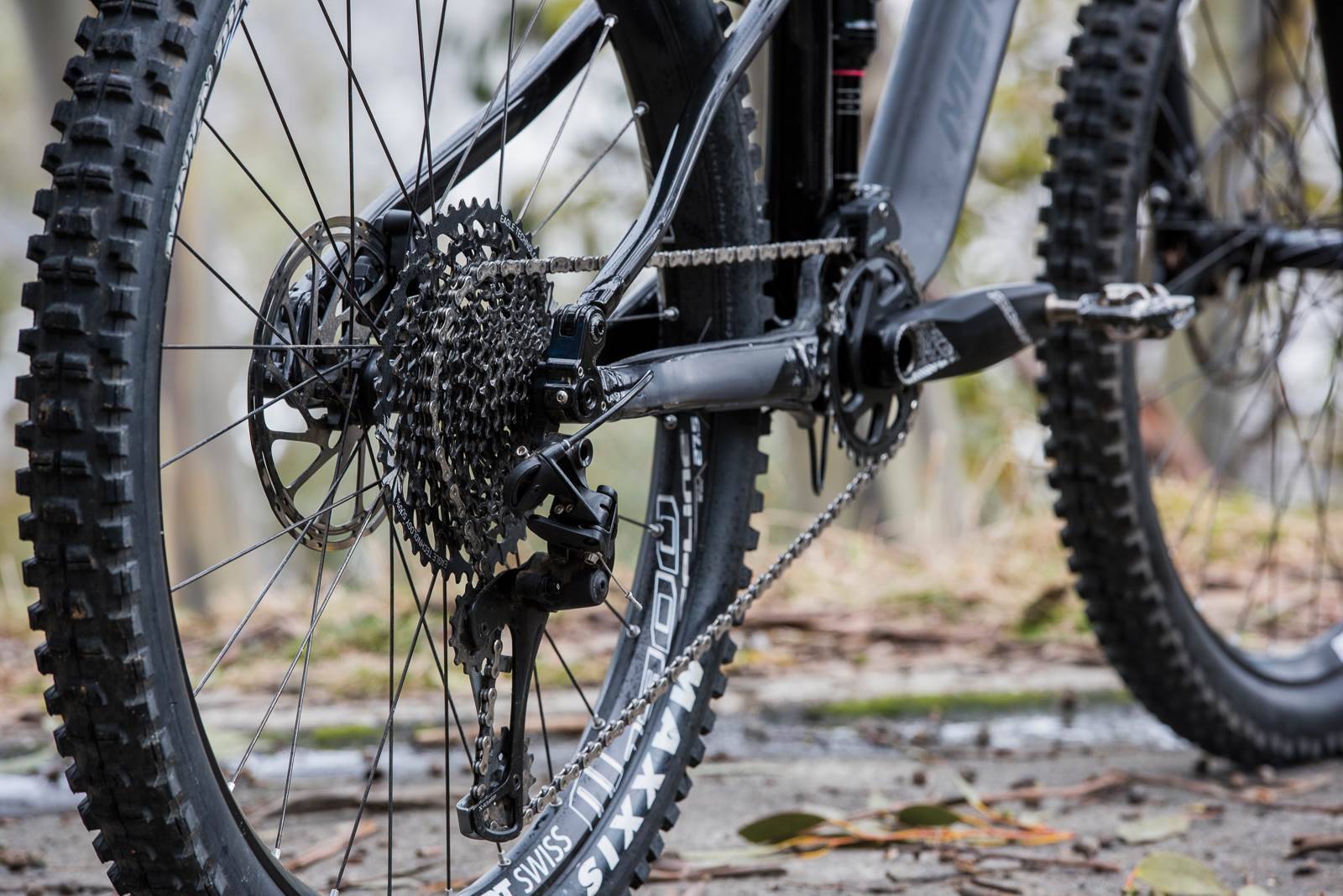
The smaller details that sometimes go unnoticed can make a big difference to the finished product on a bike. The One-Sixty features full internal cabling for the GX Eagle gears and RockShox Reverb Stealth dropper. The maintenance of the internal cabling is relatively easy thanks to a massive port at the bottom of the downtube. Just up from the port is a thick bash guard that should stop any rock from cracking the carbon. Not that the bare carbon will be easy to crack as Merida have used a Nano Matrix Carbon that bonds the fibres together with an epoxy resin that contains nanoparticles to increase impact resistance by 40 per cent. This hasn’t resulted in a heavy front end, though, as the main carbon triangle weighs in at an expected 1,000g without shock.
The angles and lengths that all these parts are joined by are what largely determines how the bike feels out on the trail. The One-Sixty has been designed by Merida to offer a modern enduro geometry. That means a long and slack frame that can tackle even the steepest and toughest tracks with confidence and stability at speed. Its wheelbase spans 1209mm in the medium frame, which is comparatively long next to similar offerings in the 27.5” enduro market, with the majority under 1200mm. This theme is carried to the reach that sits at 445mm. A similarly long bike, the Specialized Enduro, sits at 444mm while juxtaposed is the Yeti SB6 and Norco Range that have a reach of 422mm and 437mm, respectively.
All other numbers on the One-Sixty are similar to some of its competition with short 430mm chainstays and a slack 65.3° head angle. These numbers offer a guide as to how a bike could feel but it’s only on the trail when the sum of its parts can either sing in harmony or leave you standing on the side of the track scratching your head.
On the Trail
The test location for a bike of this demeanour should match its burly nature. The downhill and enduro trails of Bright and Mt Beauty were chosen to hopefully bring out the best or uncover the worst of the Merida One-Sixty 6000. Bikes like these should aim to be relatively adaptable to overcome as much terrain as the rider wishes to cover – so the test did include trails and rides that would challenge the bike at both ends of the ‘gnar’ spectrum.
Modern enduro races and regular rides can include good proportions of climbing up both trails and roads. Save for people living under a chairlift (not many) or having a shuttle car on standby, an enduro bike needs to pedal efficiently and be comfortable doing so. A 30-minute liaison to the top of a trail can drag on if the suspension is acting like a pogo stick. Thankfully, the RockShox Super Deluxe RCT has a lockout function and the Lyric RC fork has a low-speed dial that can set the front end to firm for climbing. These features were very welcome during the test, and while they couldn’t completely mask the fact you’re riding a 14kg enduro rig up a climb, they did mean you can get out of the seat every now and then to stretch the legs and still have a stiff pedalling platform.
Speaking of getting out of the seat, the long geometry mentioned earlier came into play in that situation as the long front-end reach meant there was plenty of room to move around. Your knees can go up and down without constant fear of smashing into a gear lever and you don’t feel too far over the handlebars when climbing out of the seat. The SRAM GX Eagle with a lowest gear of 32-50 also helped make the climbs go a little easier. The Maxxis Minions didn’t really come into their own on the climb and ‘trundled’ a little bit. If this was my bike I would probably change to a calmer tread such as the Maxxis Aggressor (on at least the rear) to make the liaisons a bit smoother.
With the ‘fun’ stuff finally out of the way, let’s go downhill! Just before dropping in, it was time to lower the RockShox Reverb Stealth dropper. The action of the hydraulic lever was very smooth and remained that way for the entire test. I’ve used cable actuated droppers in the past and can see the benefits of a hydraulic post, apart from the slightly fiddly installation and maintenance, it was a smooth action. Getting on the gas in the lead up to and on the trail did highlight one problem with the gearing. The shifts were good but the 32-tooth chain ring was very small for a downhill oriented bike. This is obviously a personal preference, but for me, I would go for a 34t minimum to give me a nicer gear to pedal at speed. Pedalling at 32-12 or 14, so right down the cassette, doesn’t feel that great and also means it’s a long way to go back up the cassette if you get surprised by a pinch climb.
Tipping into the first few corners on a new bike can sometimes tell you all you need to know about how it rides. With the One-Sixty, the first few corners were lent into with a lot of speed and confidence. The Maxxis Minions hooked up great with their aggressive tread and their thick side walls giving support when it was needed. The Merida branded handlebar felt great and at 760mm it was a nice width that suited me. The short 35mm stem kept me in a slack position, which benefited the handling when it got steep. Flat-out trails with rough rock gardens, roots and braking bumps is where the long geometry plays best. It keeps you planted on the trail and allows you room to move around, if that is to your liking.
The suspension does a great job of aiding the long geometry in keeping a stable platform. Both the fork and shock are second tier offerings from RockShox, which means less fiddly dials but still great performance. Perfect for people not wanting to spend hours adjusting their suspension before riding. My settings were easy to pinpoint with only a few adjustments away from the recommended baselines. With some more time, I would throw some extra tokens into the fork and shock for more support as they did feel a bit soft even at just under 20% sag.
The extra room offered by the long geometry in the rough stuff was good and meant you had the room to manoeuvre, though it wasn’t really for me. It certainly aided in stability and I was confident in rough and steep terrain, but as I’m not very tall, I felt a bit too stretched out even on the medium. This made it hard to get over the front of the bike when I needed to, such as getting through corners or over obstacles. It also felt a bit cumbersome in tight and twisty trails where you need to flick the bike around and didn’t really pop over things as easily as I would expect a bike with 27.5” wheels and 430mm chainstays to do. That being said, I did admire the merits of the ‘long’ One-Sixty. It felt great to be stable at speed and the sections of trail that played to the One-Sixty’s strengths showed it as a very capable enduro weapon.
The lack of agility in tight terrain due to the long geometry was no doubt amplified by the 170/160mm of travel front and rear. This is standard for a 27.5” enduro bike with 29ers running 10mm+ less, though when paired with the long geometry it doesn’t equal the kind of feeling I would want to be able to tackle a wide variety of trails. The tighter trails of Bright weren’t attacked with the same agility as a trail bike of 130-150mm of travel. This isn’t really a negative nor much of a surprise, but it just means the One-Sixty is suited to a particular style of rider and trail. Someone that likes to be stretched out and attack fast and rough trails all day will love this bike. This fact showed itself when the test moved to some downhill and enduro trails at Mt Beauty. The trails were flat-out fast with massive holes and rock gardens. The One-Sixty absolutely demolished these trails and made me thankful of the long travel and extra room to play with even if I was stretched out.
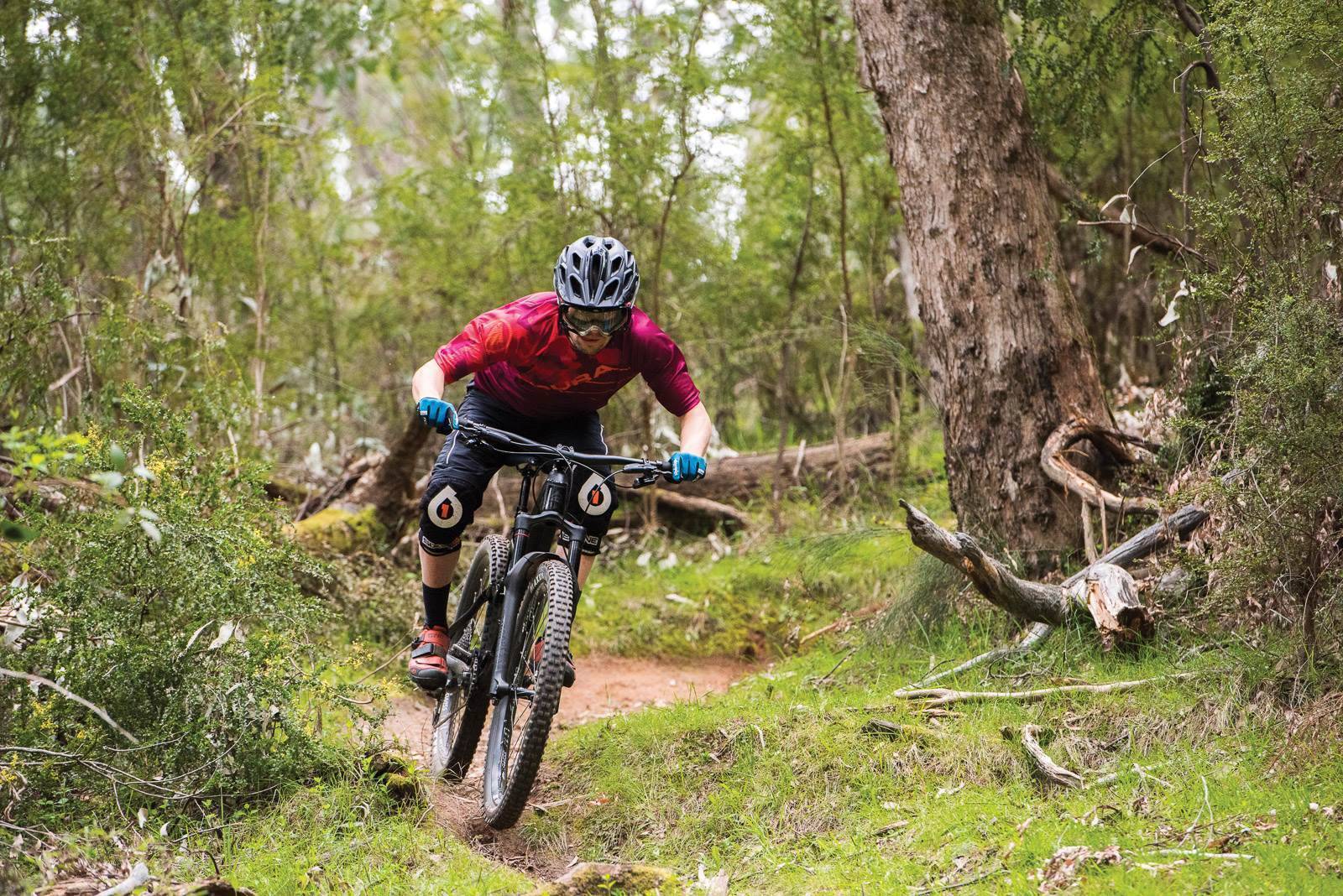
Our Take
Merida set out with the One-Sixty to make ‘the perfect enduro machine for today’s toughest tracks’. They wanted a bike that would be incredibly stable at speed and would inspire confidence in the rider. For these points, I think Merida hit the nail on the head as the One-Sixty was a great feeling bike when smashing laps of these kinds of trails. For taller riders that seek room to move on the bike, the long geometry will feel like home.
Away from the bike, Merida do seem to have a ‘lesser’ tag to their name, and aren’t often associated with making bikes for ‘true’ mountain bikers – whoever they are! With the length issue aside, the One-Sixty was an awesome bike with a great build and excellent finish that could be the dream bike for certain riders. Whatever these perceptions are based on I would have to say from my experience with the One-Sixty that they are not well founded.
The One-Sixty 6000 tested here is the second of three bikes in the One-Sixty line up. The top of the range 8000 adds $1,000 from the 6000 model to sit at $6,999 and includes upgrades to the Lyrik RCT3 fork, Code RSC brakes and SRAM XO1 Eagle groupset. As far as comparisons go, the 6000 looks like the pick of the bunch for most riders that just want a burly enduro bike to ride shuttle runs and mini downhill tracks on without fussing with suspension. Is this bike any good then? I would say a resounding yes. Sure, it didn’t suit me perfectly, but I made do and had a heap of fun seeing how far I could push it on fast and rough trails. If a long and burly enduro weapon is what you have always wanted, then give the One-Sixty range a go!
| ESSENTIALS | |
| BRAND | Merida |
| MODEL | One-Sixty 6000 |
| RRP | $5,999 |
| WEIGHT | 14.07kg (listed) |
| FROM | merida.com.au |



